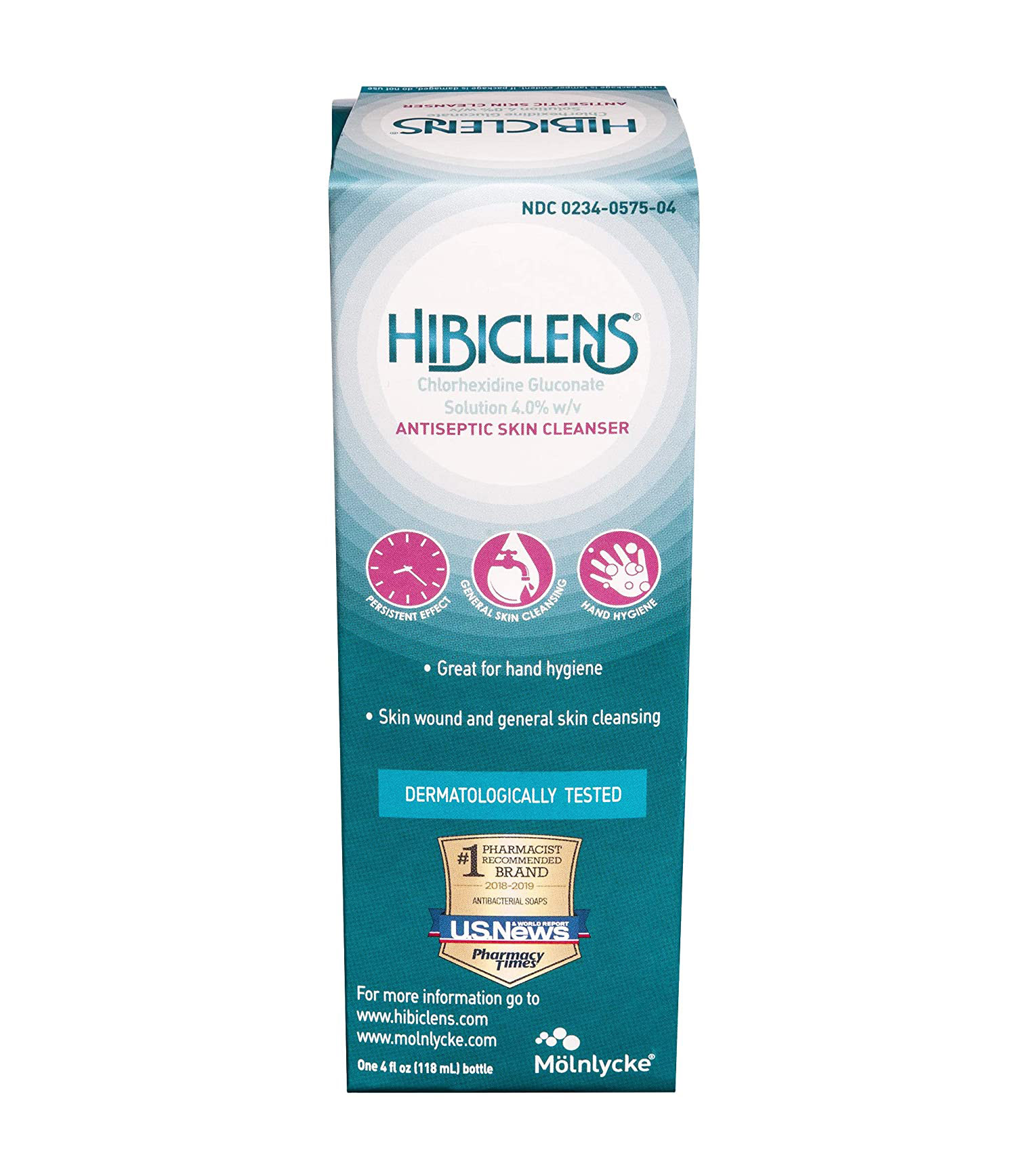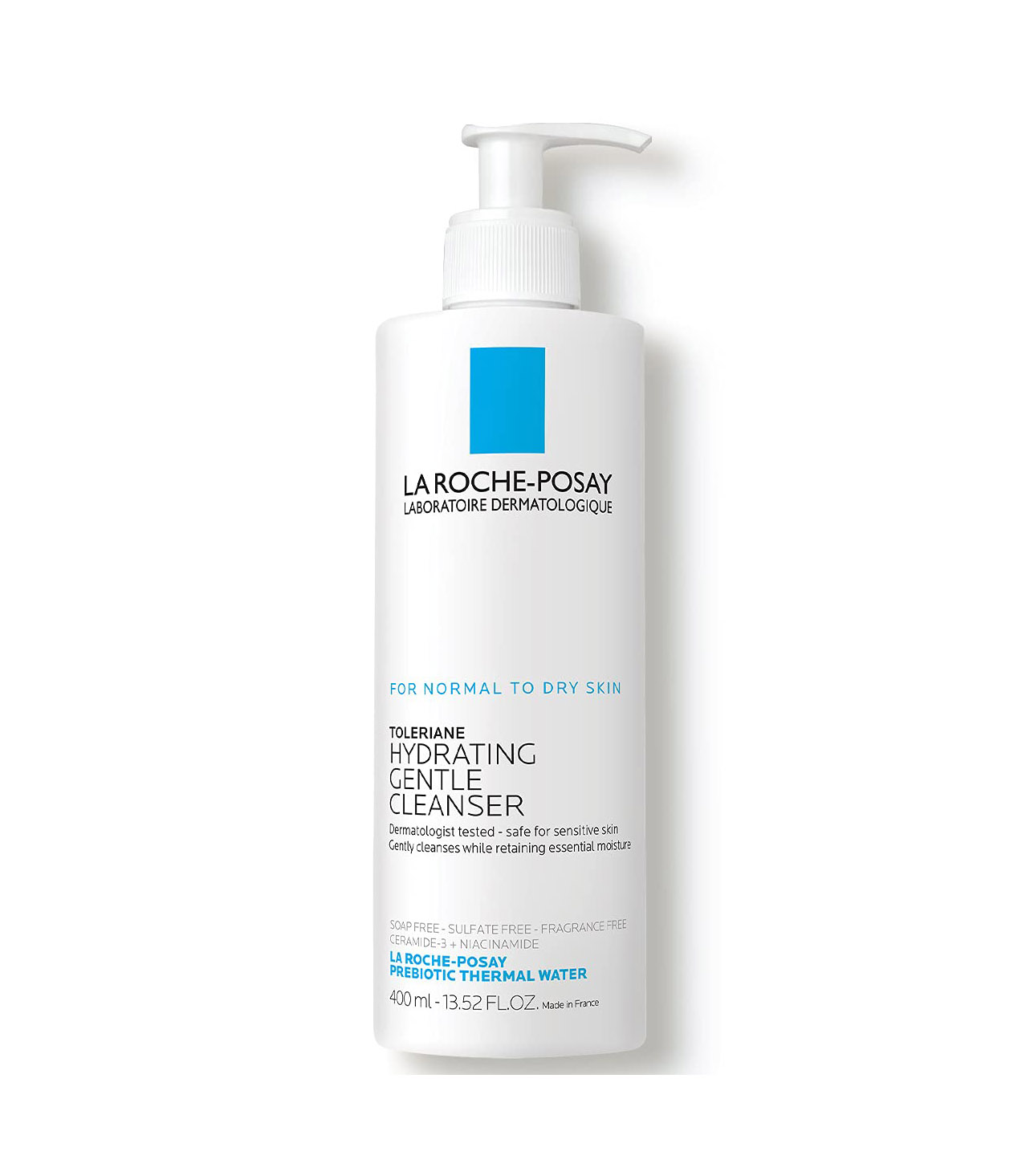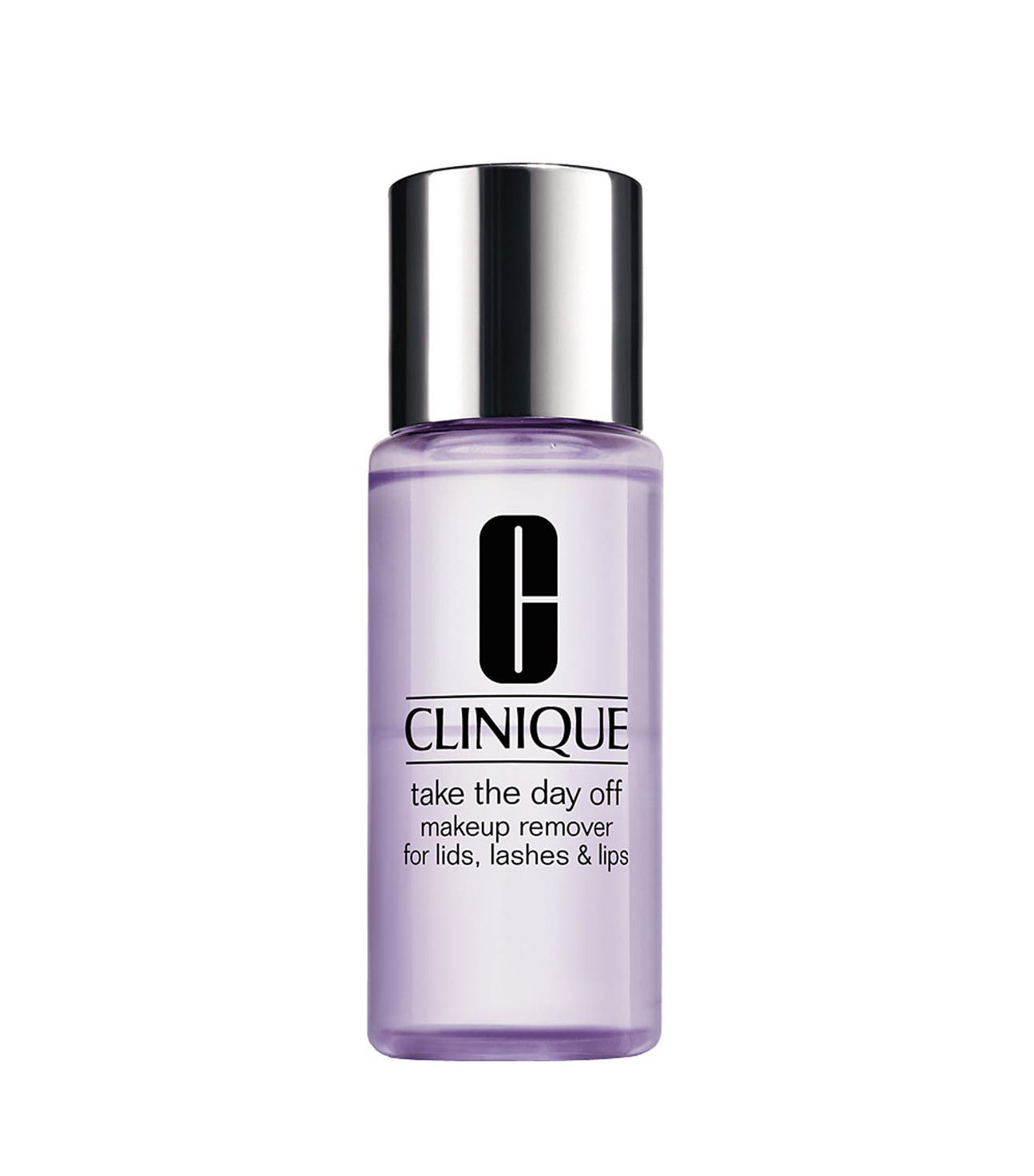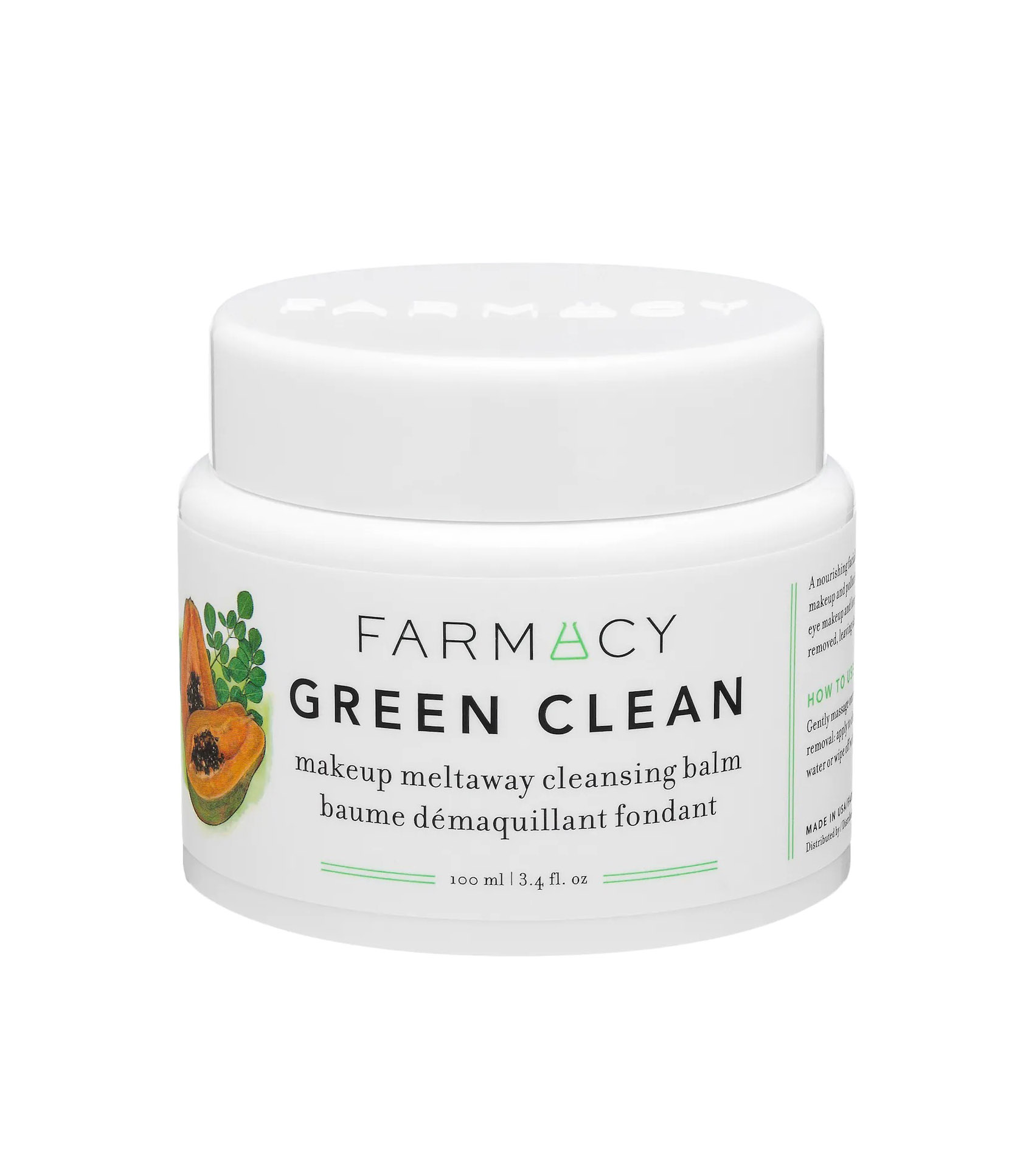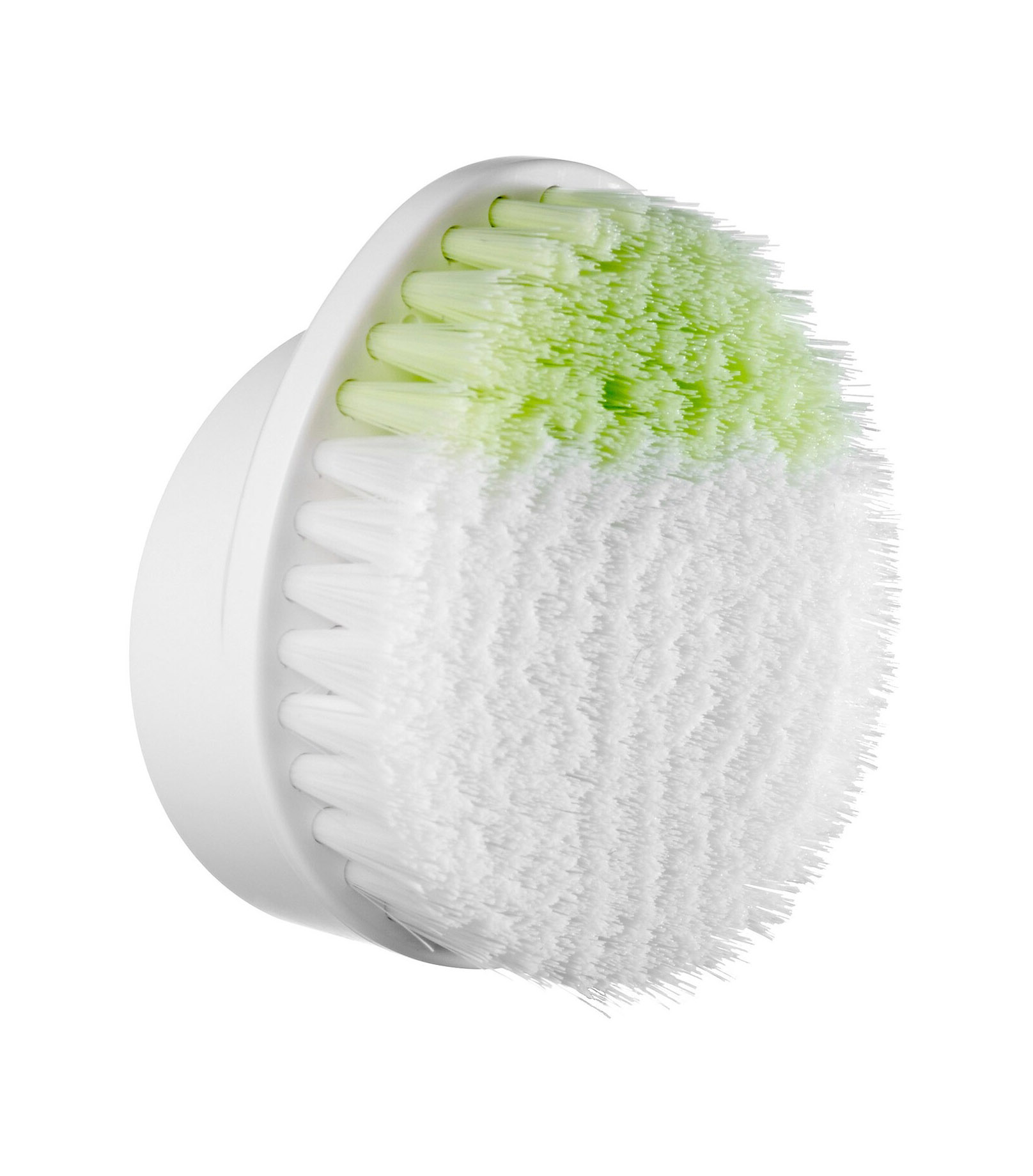Facial-Cleansing Brushes Are Controversial—10 Derm-Approved Dos and Don'ts
I remember wanting a facial cleansing brush so badly in high school and college. I envied all my friends who had one and boasted that theirs gave them a deep, deep clean. It's funny to think about now because I'm picturing the brushes that existed about 15 years ago, and they probably would have irritated my sensitive and dry skin. I would have used it a little too much, causing even more problems. Today's brushes are gentler, though, so with the right usage, they can be helpful to your skin.
But do you really need a facial-cleansing brush to give your face an extra clean? Well, opinions are divided on the subject. Like anything, there are pros and cons. "The main benefit to using facial-cleansing brushes is gentle exfoliation of the skin," says board-certified dermatologist and founder of Maei MD Rebecca Marcus, MD. "Brushes can help to remove dead skin cells that could override clogged pores and result in dull-appearing skin. They can also help to clean the skin more thoroughly than may be possible with using fingertips alone."
Dermatological nurse and celebrity aesthetician Natalie Aguilar says that you might even spend more time cleansing and creating space for a meticulous cleanse when you're using a brush. And Jaimie DeRosa, MD, FACS, double board-certified facial plastic surgeon and founder and lead facial plastic surgeon of DeRosa Center Plastic Surgery & Med Spa, adds that by opening up and cleaning the pores, the brushes allow active skincare ingredients to penetrate and work more effectively.
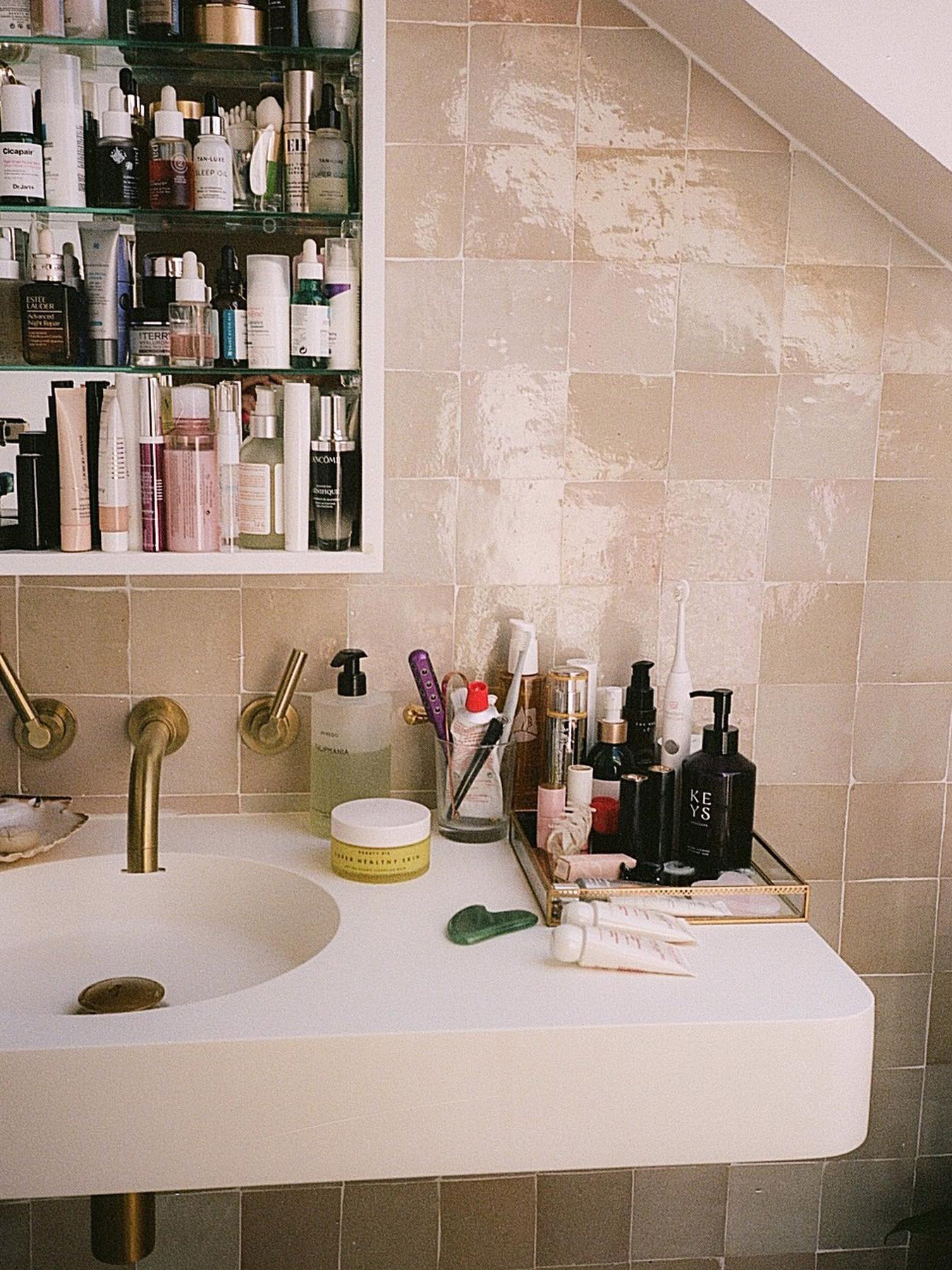
As for the cons of facial-cleansing brushes, there are a couple. "One drawback to using facial cleansing brushes that immediately comes to mind is bacteria," Aguilar explains. "After one use, a facial-cleansing brush becomes a breeding ground for bacteria. The moisture from water then gets trapped in the base of the brush, where all the bristles are bunched together, is usually where bacteria gets trapped. To properly cleanse your brush, I recommended cleansing with Hibiclens. Hibiclens is an antibacterial and antimicrobial skin cleanser that continues killing germs for 24 hours. After washing with Hibiclens, rinse the brush with hot water and lay the brush flat to dry."
You might also initially notice an increase in acne breakouts. "This is because the increased pace of sloughing off dead skin cells by using a facial-cleansing brush may cause those dead cells to plug up and block the pores, leading to pimples," DeRosa says. "Once your skin gets accustomed to the changes and increases its pace of cell renewal, the breakouts should subside. You can also help to decrease the extent of breakouts when starting to use a facial-cleansing brush by pre-treating your skin for a few weeks with an exfoliating cleanser that contains AHAs, such as glycolic acid, and/or our favorite acne fighter and BHA, salicylic acid."
Do Dermatologists Recommend Facial-Cleansing Brushes?
"Facial-cleansing brushes are a really nice addition to one's facial beauty regimen," DeRosa says. "Not only do facial-cleansing brushes help to deep-clean dirt, makeup, and debris from the pores, but they also gently exfoliate dead skin cells and increase circulation at the surface of the skin to promote healthy, glowing skin."
These brushes can exfoliate your skin while also increasing microcirculation.
Are Facial-Cleansing Brushes Good for the Skin?
Some skin types will benefit from facial-cleansing brushes more—like normal, combination, and oily. "Those with oily skin and acne-prone skin may benefit from the exfoliation brought about by facial-cleansing brushes, provided that they take care to properly clean the brush and change to brush head as often as recommended by the manufacturer," Marcus says. "Those with rosacea or very sensitive skin may wish to steer clear, as any disruption to the skin barrier can cause irritation and an increased risk of flare. Those with active facial infections, including inflamed acne lesions, should avoid using facial-cleansing brushes, as the mechanical exfoliation may prove to be too irritating and stimulating, and bacteria may be spread from affected areas. Those with eczema should avoid facial-cleansing brushes, as they may not tolerate the mechanical exfoliation of the skin and disruption to the skin barrier."
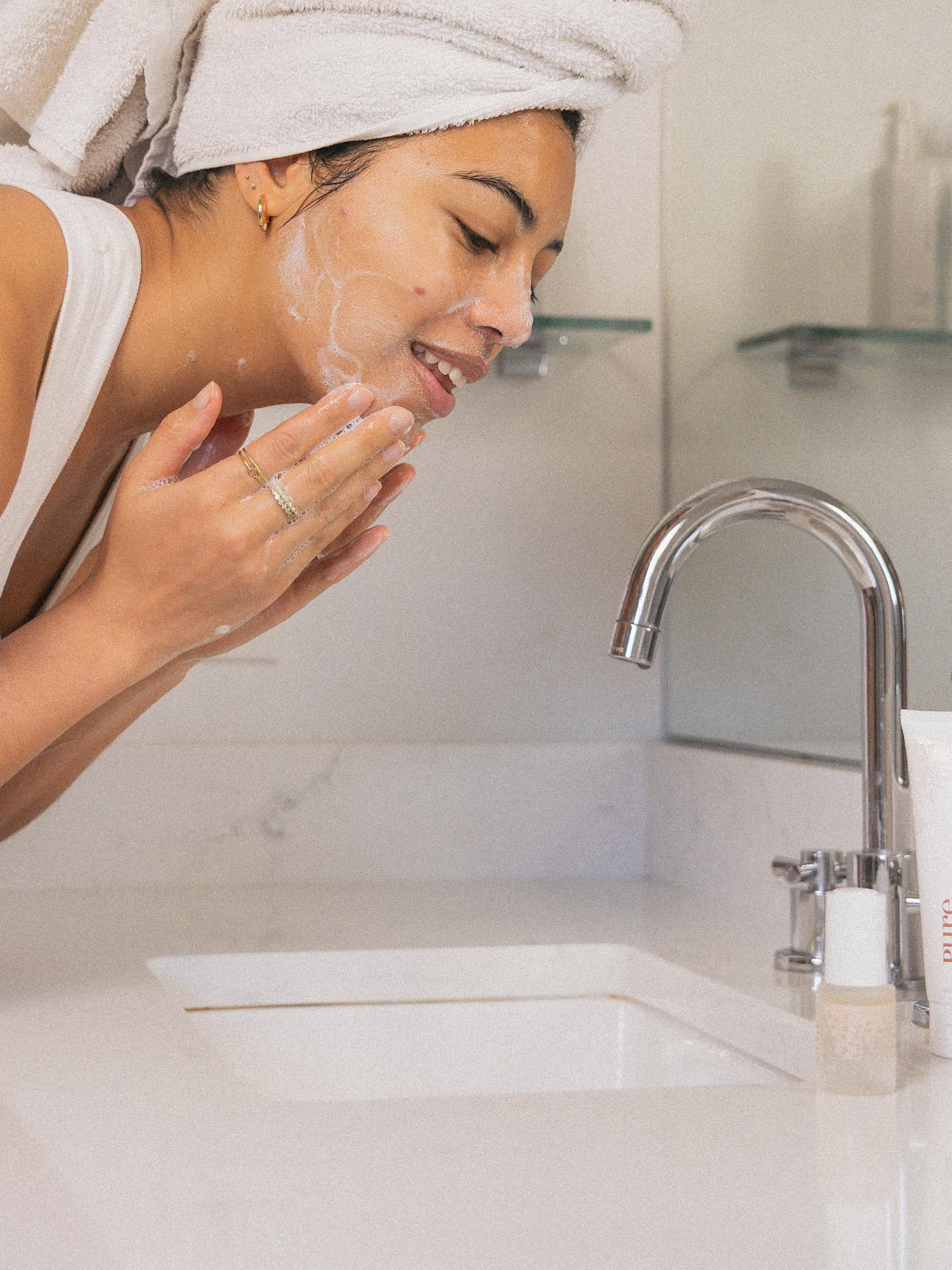
Silicone vs. Bristles
When it comes to choosing a type of brush, it all comes down to your skin's needs and preferences. "Since I tend to have sensitive skin, my favorite facial cleansing brushes are those with silicone bristles that use sonic vibration to cleanse," DeRosa says. "I also really like those that are 100% waterproof, so the cleansing brush can be left in the shower without worry."
Aguilar suggests not using a brush that is stiff or has rough tips, as they can cause more of an exfoliation than a cleanse. "If it doesn't feel good, it's not doing good. Pain doesn't mean it's working! Pain can mean overstimulation or even damage," she adds.
How Often Can You Use a Facial-Cleansing Brush?
"Everyone is different, but some skin types can tolerate daily use," Marcus says. "For most people who wish to use a cleansing brush, twice a week is probably enough." If you do feel some sensitivity, skip a few days of use until the skin feels normal again. And DeRosa recommends starting slow and gradually increasing your usage if your skin is tolerating it and if you feel like you need extra exfoliation.
As for the types of cleansers you should use, start with a gentle cleanser. "This combination should be gentle enough for your skin to get accustomed to a facial-cleansing brush without additional irritating ingredients," DeRosa says. When your skin gets accustomed to the brush, you can add cleansers that contain chemical exfoliants like glycolic, lactic, and salicylic acids if you wish and if your skin tolerates it.
Facial-Cleansing Brush Dos and Don'ts
To really reap the benefits of a facial-cleansing brush (and not wreck your skin while you're at it), it's important to stick to some guidelines. Because if you don't use your brush properly, it can definitely cause you more trouble than good. The experts laid out some dos and don'ts for us below. And if you're ready to shop for a brush, we've included some at the end of this article.
DO Follow Instructions: "To use a cleansing brush effectively, follow the instructions to avoid causing harm to the skin," Aguilar says. "When using a manual brush, it's important to choose a brush that has gentle bristles along with an appropriate facial cleanser and gently and thoroughly cleanse the face, neck, and décolleté. Take note to rinse or clean the brush and allow it to dry."
DON'T Overuse: Using the brush too much can disrupt the skin's pH, Aguilar says, which depletes the acid mantle causing redness, irritation, dryness, or increased oil production as the skin tries to repair itself.
DO Test First: DeRosa recommends using your new cleansing brush on a test patch of skin before using it on your whole face. If you notice any redness or irritation (even the following day), your skin may be too sensitive or you might have applied too much pressure.
DO Use a Gentle Cleanser: Marcus recommends using the device with a gentle cleanser and lukewarm water.
DON'T Apply a Lot of Pressure: "Let the brush do all the work, just like you do with an electric toothbrush," DeRosa says. "There is no need to add additional pressure on top of what the brush produces."
DON'T Use to Remove Makeup: They can help remove makeup, but you shouldn't use them for that sole purpose. Aguilar suggests removing makeup with a pre-cleanse and then doing a second cleanse with a brush. "Using a cleansing brush to remove makeup won't remove makeup correctly and can push makeup into the pores, which creates the need for a thorough second cleanse," she says.
DON'T Use With Another Exfoliant or Scrub: Marcus warns against using another exfoliating product in addition to using the brush.
DO Wash Your Brush: Again, it can be a breeding ground for bacteria, so make sure you wash it after every use.
DO Let It Dry Thoroughly: And after you wash it, be sure to dry thoroughly between uses, Marcus recommends.
DON'T Forget to Change the Brush Head: This is another suggestion from Marcus. Try doing this every two to three months, depending on how often you use the brush.
Facial-Cleansing Brushes to Shop
1. PMD Clean Facial-Cleansing Device
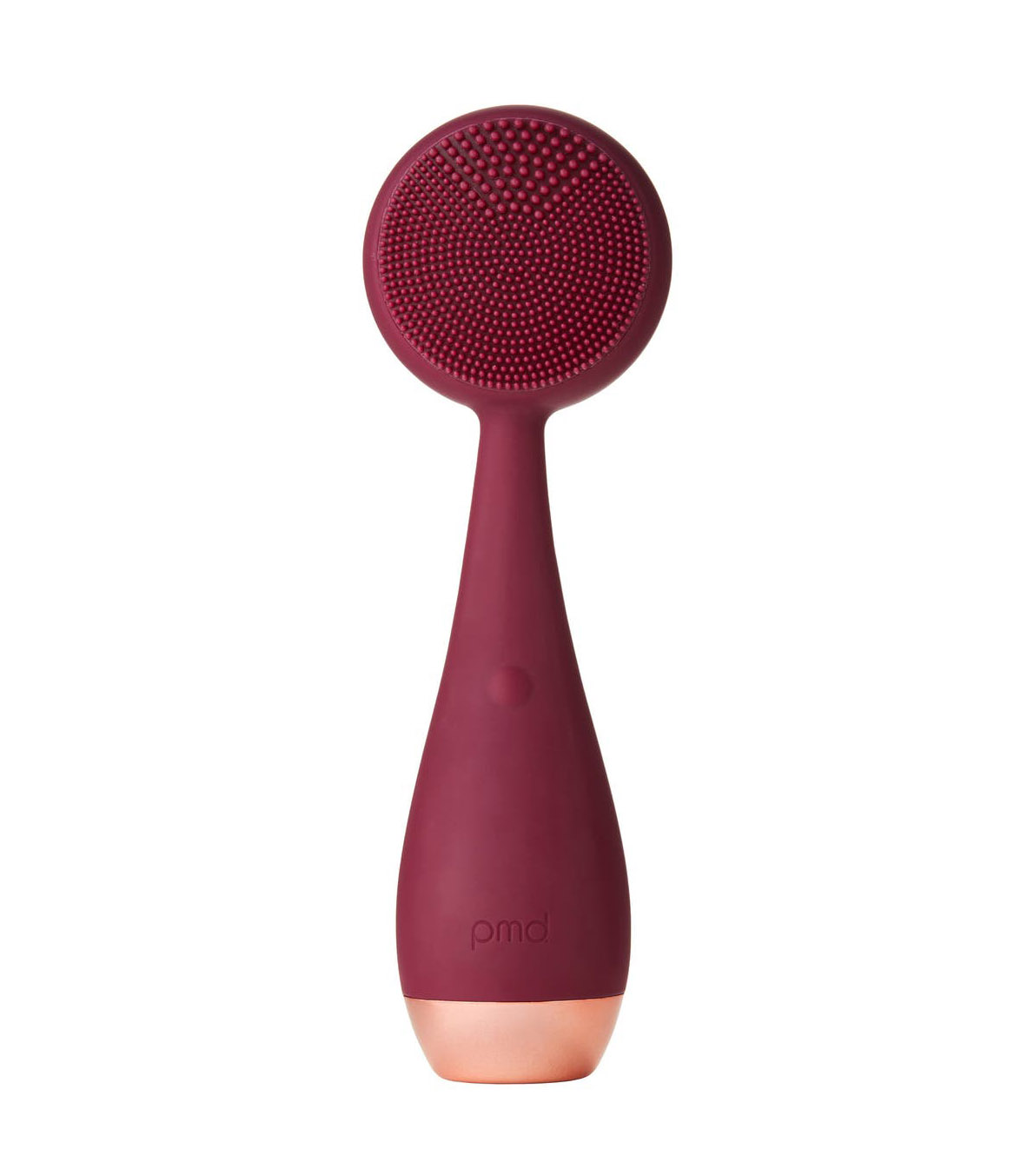
"PMD Beauty's Clean line of facial-cleansing brushes offers a variety of options for those looking for an antibacterial silicone-head facial-cleansing brush," DeRosa says. "Not only is it offered in a 'mini' travel-size brush, but their PMD Clean Pro also adds warmth to further promote facial microcirculation and enhance the massaging features of the device."
2. Flawless Cleanse Hydro-Vibrating Facial Cleanser
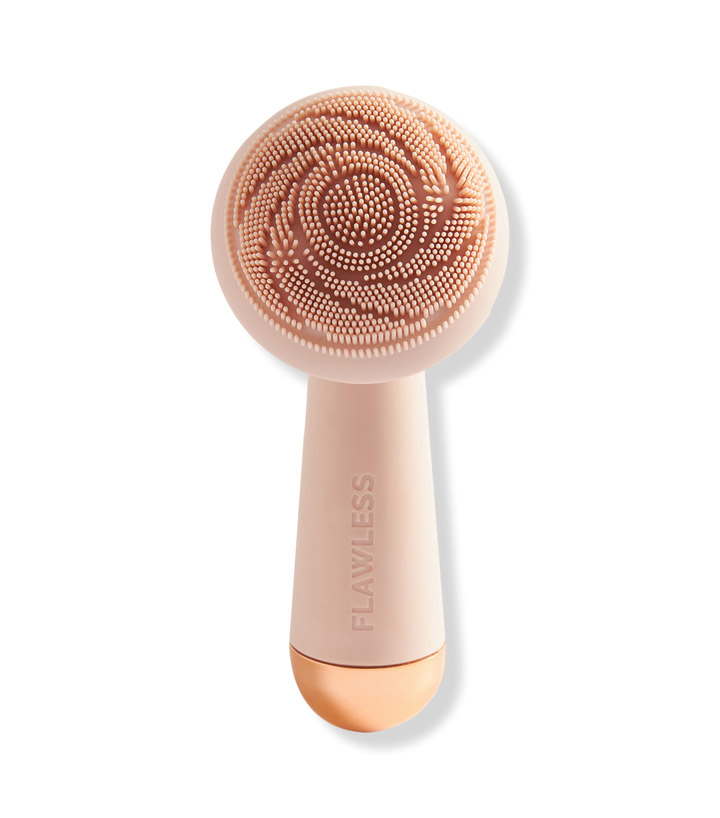
DeRosa says this is one of her favorites. "Its silicone brush is gentle on even the most sensitive of skin," she says. "It has four different settings, and its massage mode feels great, too. [It's] waterproof, it can be kept in the shower, and its design is so elegant and pretty that I don't mind keeping it out on display."
3. Olay Regenerist Face Cleansing Device
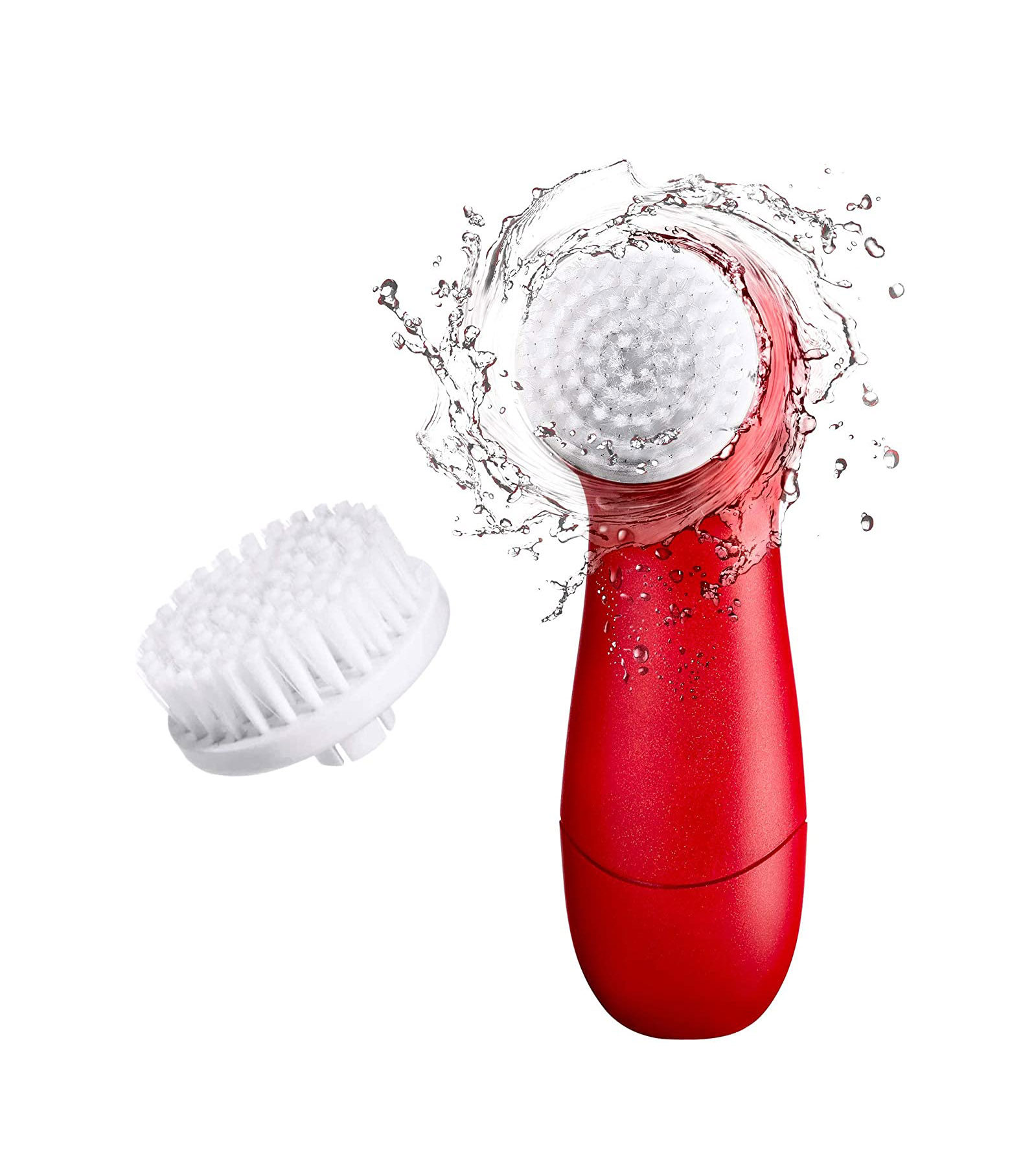
"[It's] a cost-effective facial-cleansing brush that works well," DeRosa says. "It has two speeds and can be used in the shower. The brush head can be reused for up to three months as long as you clean it after each use."
4. Alder New York Cleansing Facial Brush
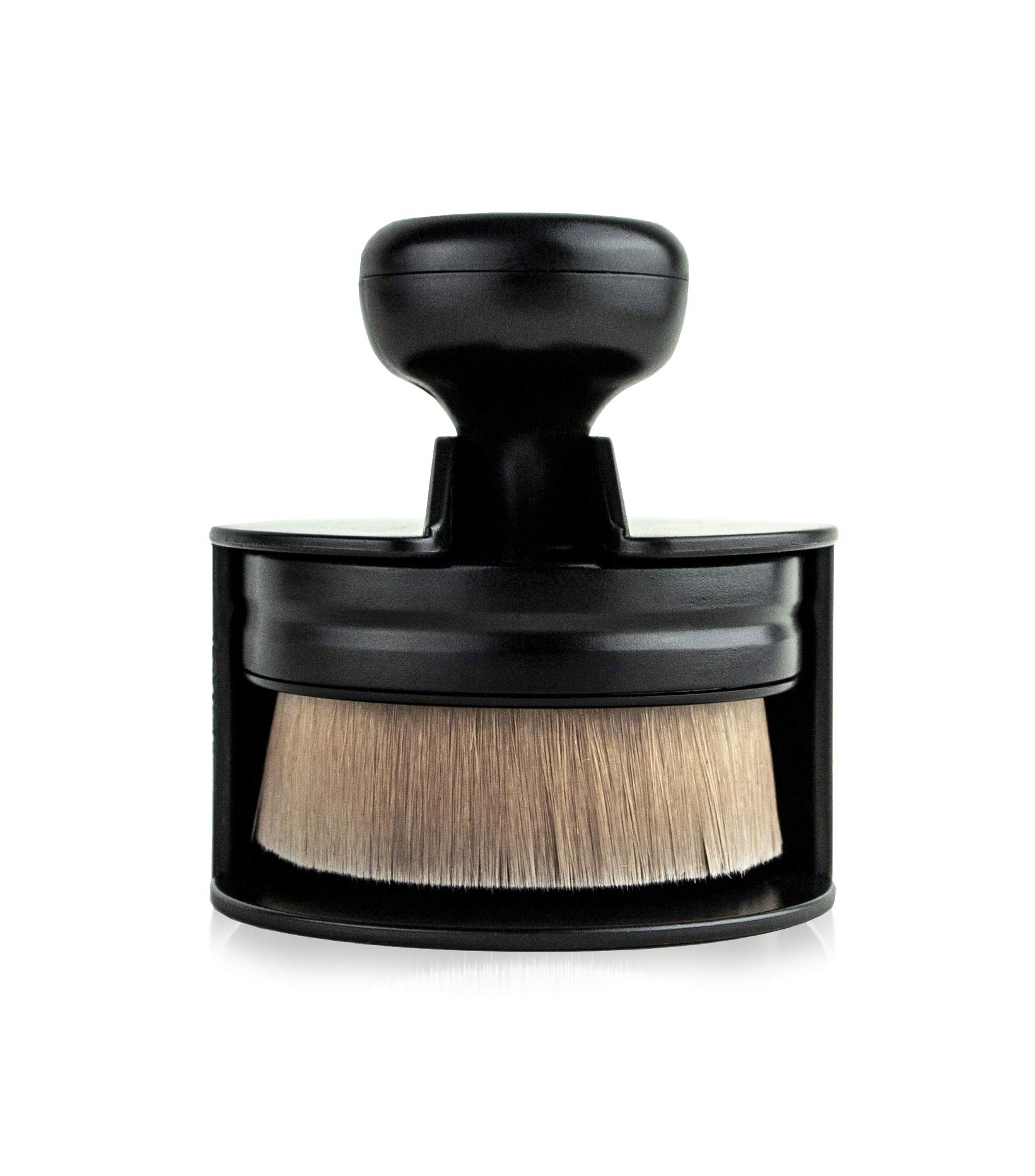
"I prefer using manual brushes, as they are safer for the skin and can be used daily. I also love the soft rich foam that they create," Aguilar says. "I love the Gentle Face Massaging brush by Alder New York, as it creates the perfect foam and is super gentle on my skin. I also love using high-quality Kabuki brushes for cleansing my skin, as I find they lather beautifully and cleanse beautifully and evenly. They're also easy to keep clean."
5. ReFa Clear 3D Sonic Cleansing Brush
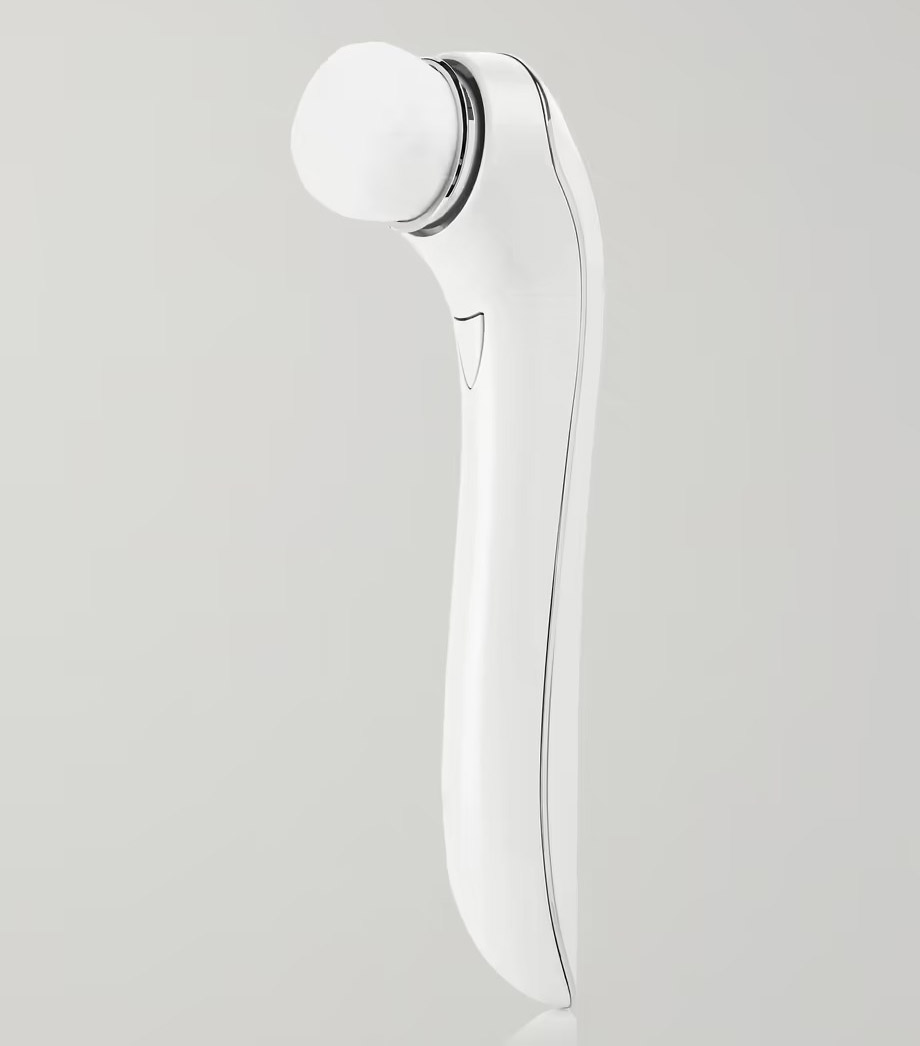
"ReFa's Clear 3D sonic facial cleanser vibrates in multiple planes so that your skin gets a deep clean while also using soft and non-irritated bristles," DeRosa says. "It's great for those with sensitive skin, is waterproof, and also has a USB charger so you don't have to worry about running out of batteries."
6. Foreo Luna 3
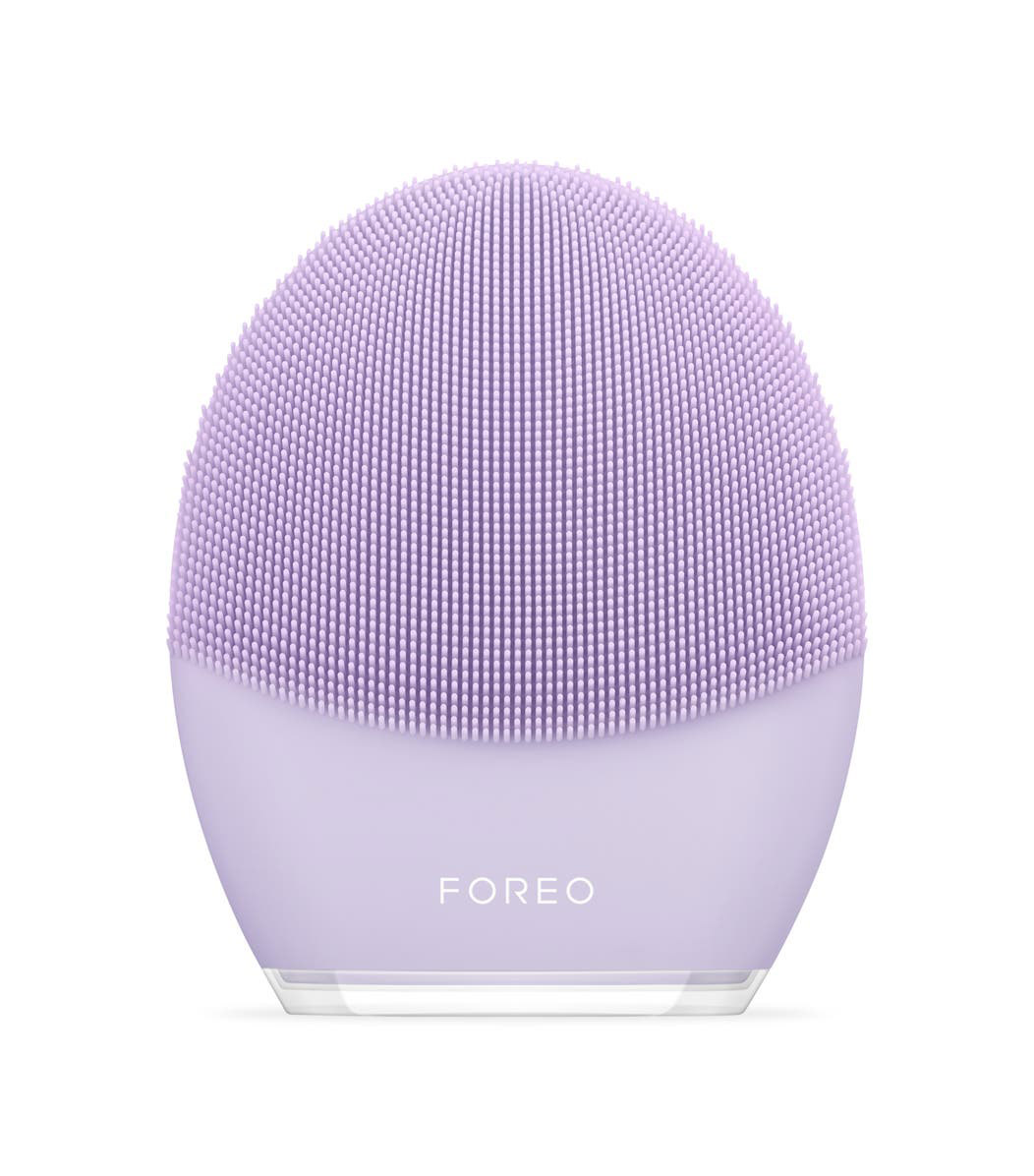
If you want to use a facial-cleansing brush but have sensitive skin, this one from Foreo is made just for that. The ultrasoft device has 16 intensities in "cleansing mode" and a firming massage mode so you can also fight the signs of aging.
7. Naturopathica Facial Cleansing Brush
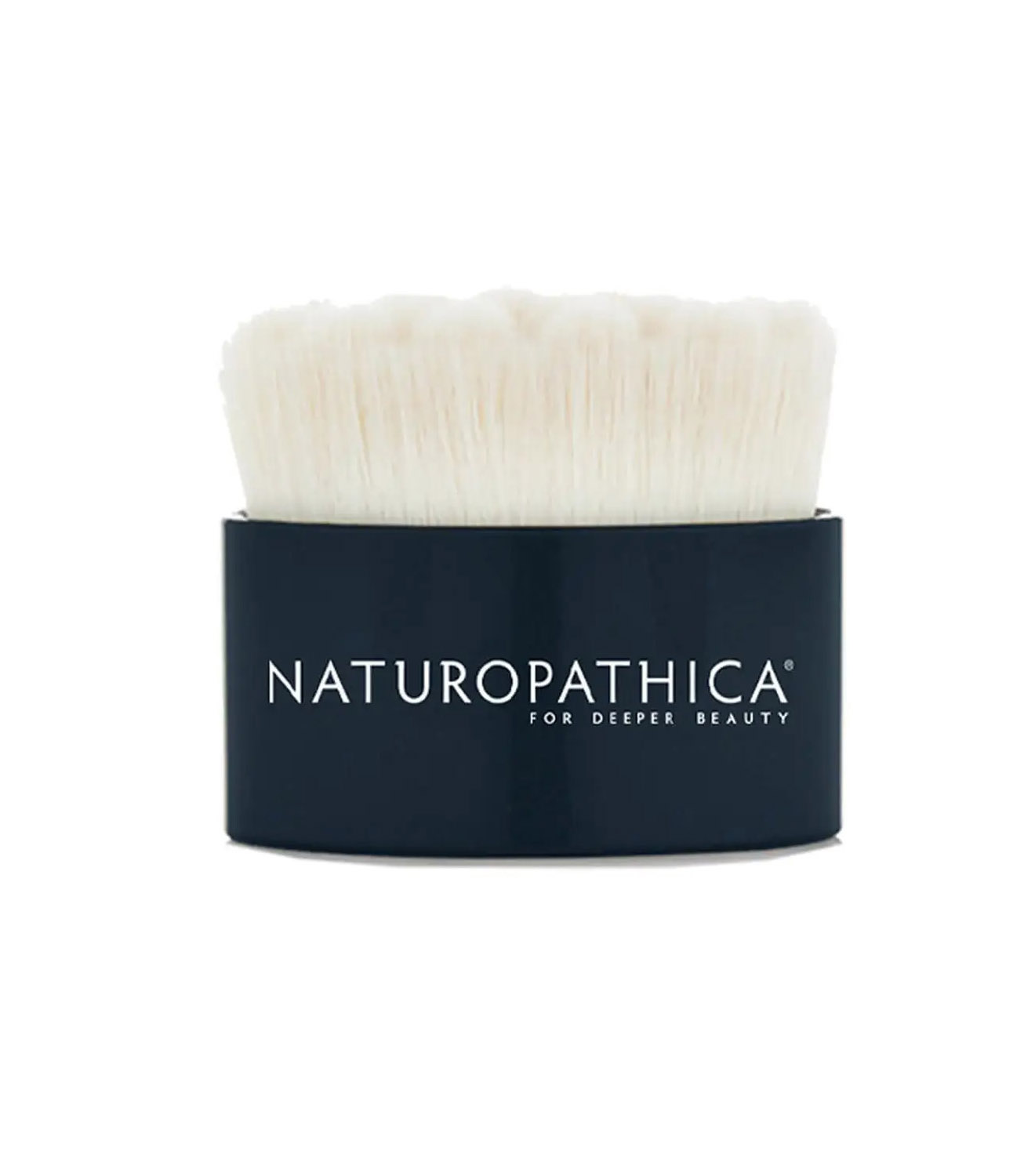
This manual brush features ultra-soft nylon bristles to gently exfoliate and cleanse the skin.
8. Buttah Skin The Buttah Vibe Brush Facial Cleansing Device
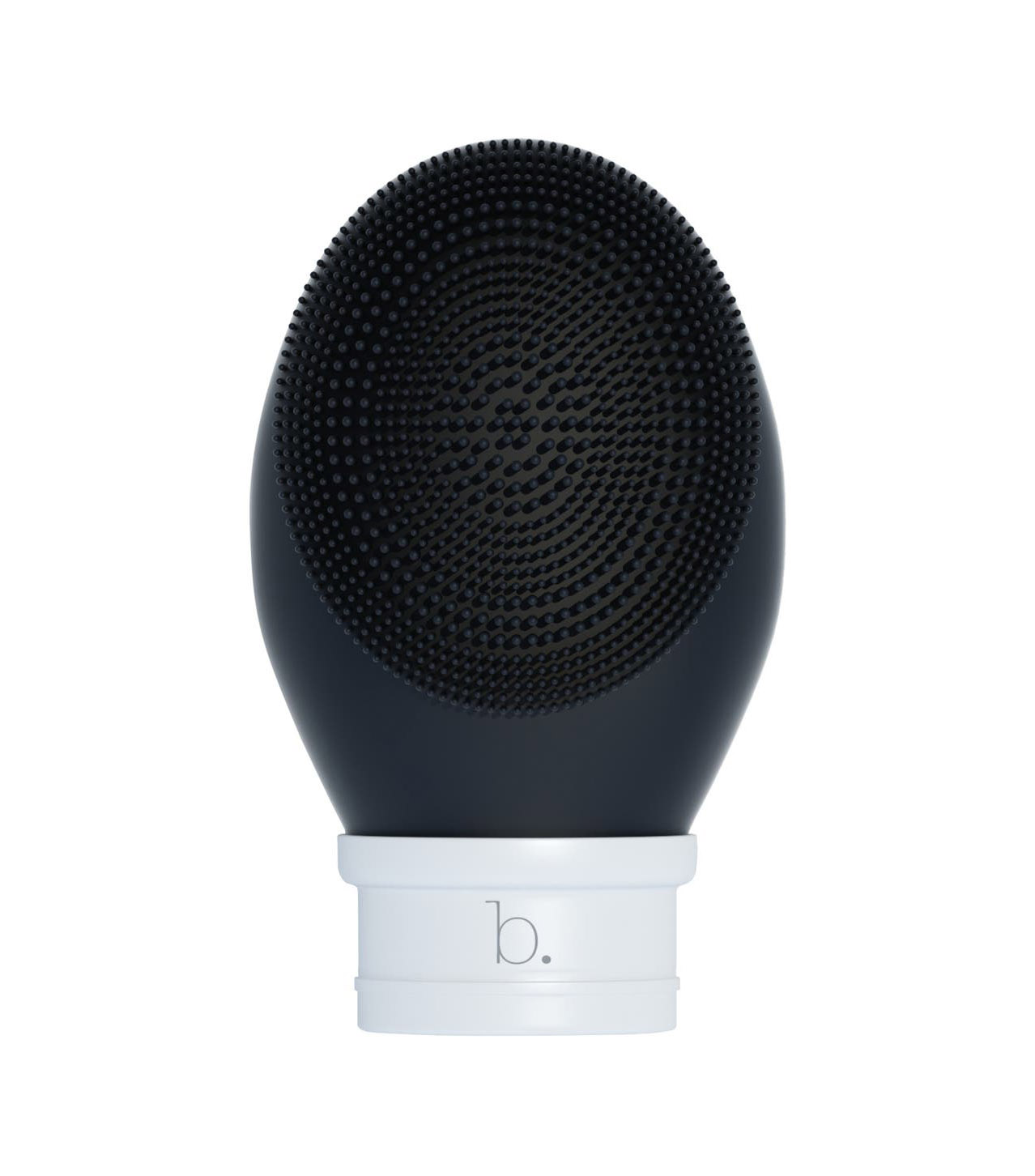
With 10,000 pulses per minute, this cleansing device is powerful yet gentle. It's designed to make pores less visible, improve the skin's tone and texture, and exfoliate dead skin cells. It's water-resistant, too.
9. Sisley Paris Gentle Cleansing Brush for Face and Neck
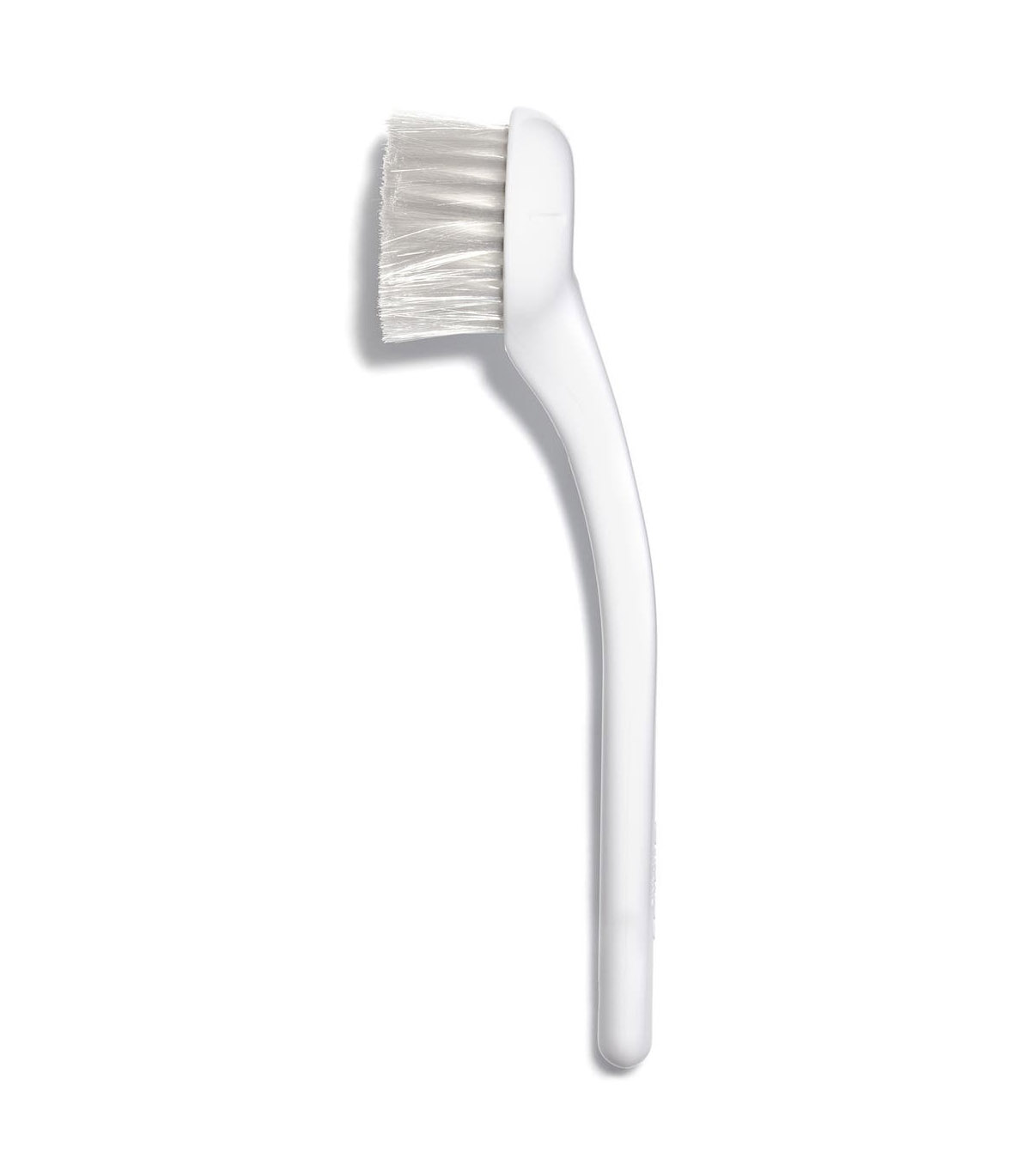
Sisley's manual brush features flexible and gentle bristles. You can use it on your neck, face, and décolletage.
10. Shiseido Cleansing Massage Brush
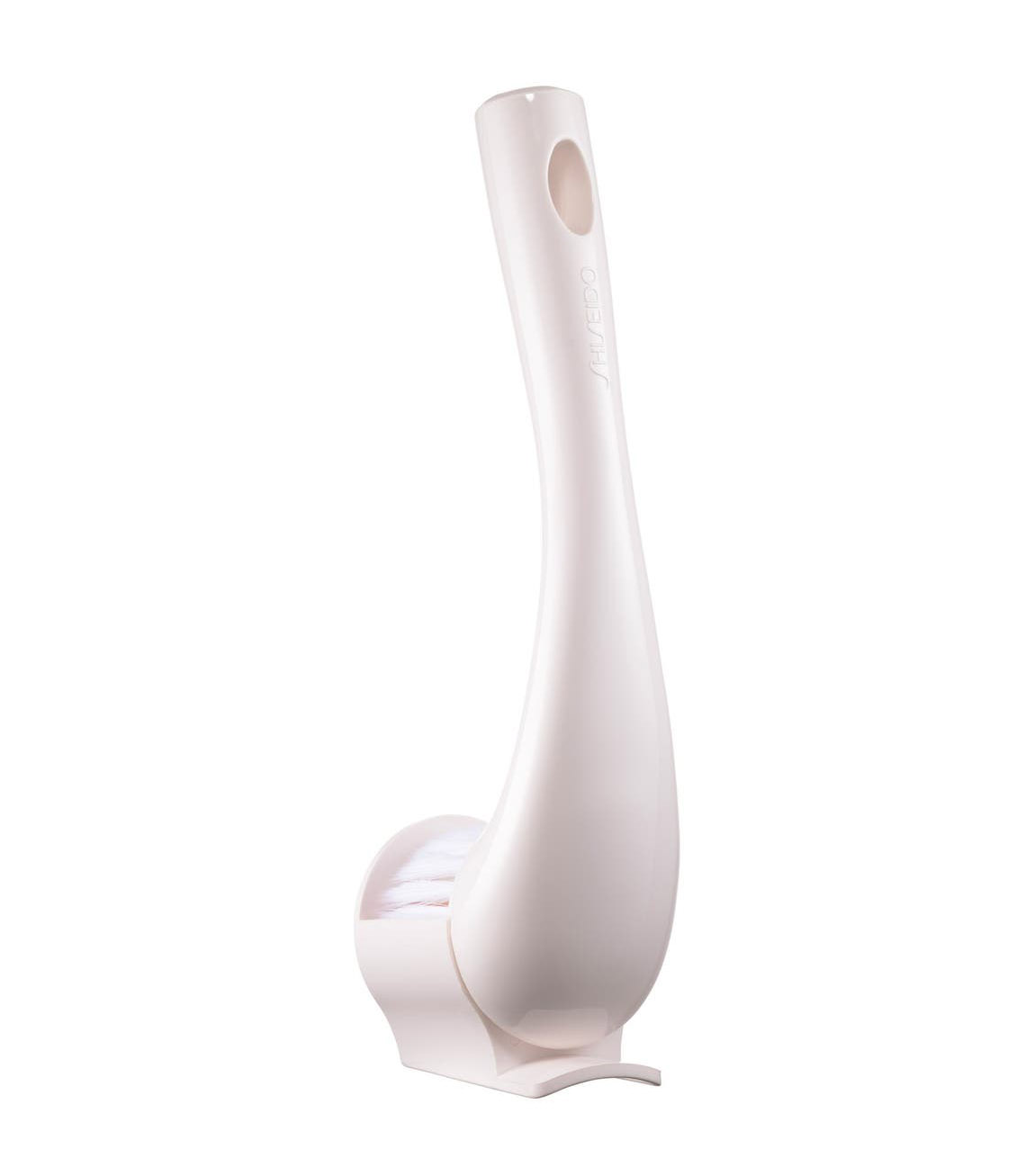
This one is especially useful with foaming cleansers. The silky-soft bristles have tapered, varying heights so you can get to all the areas on your face.
11. Michael Todd Beauty Soniclear Elite Patented Face & Body Antimicrobial Sonic Skin Cleansing System
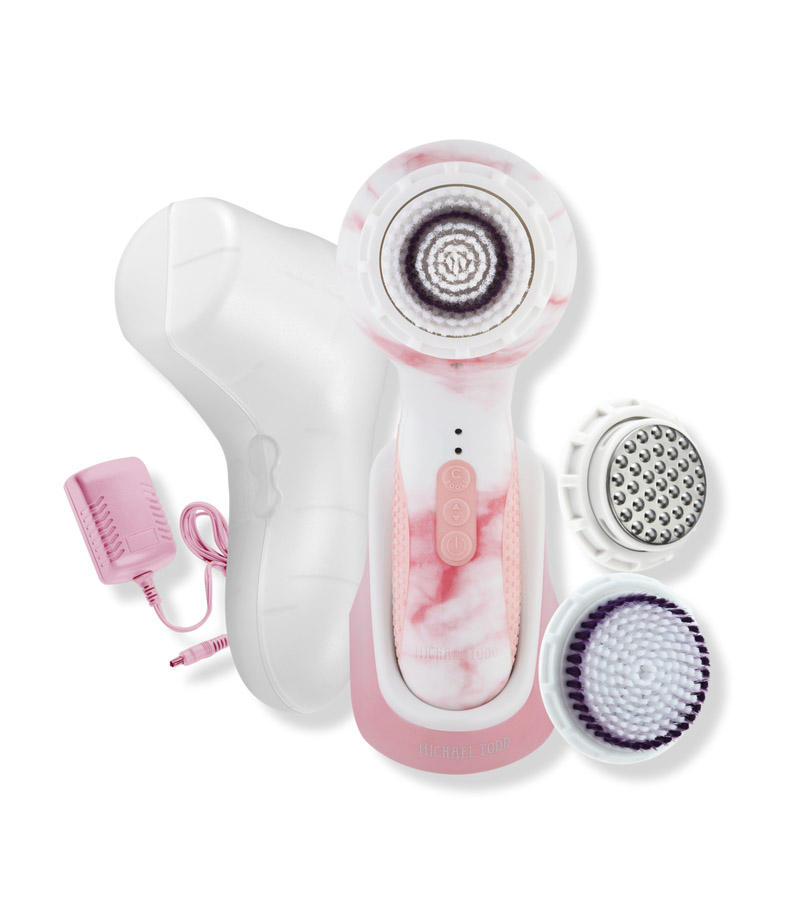
The brush in this system has antimicrobial protection, which prevents bacteria from growing on it. It features 20,000 bristles, oscillates 18,000 micro-movements per minute, and has six speeds.
12. Conair True Glow Facial Brush
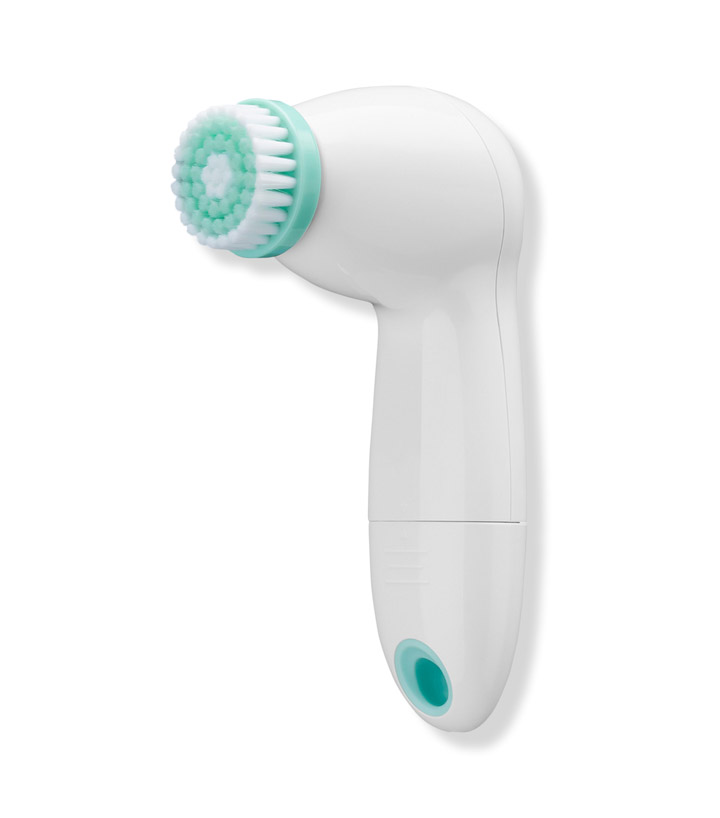
Conair's brush comes with three brush attachments for cleansing, exfoliating, and massaging.
13. PMD Clean Mini
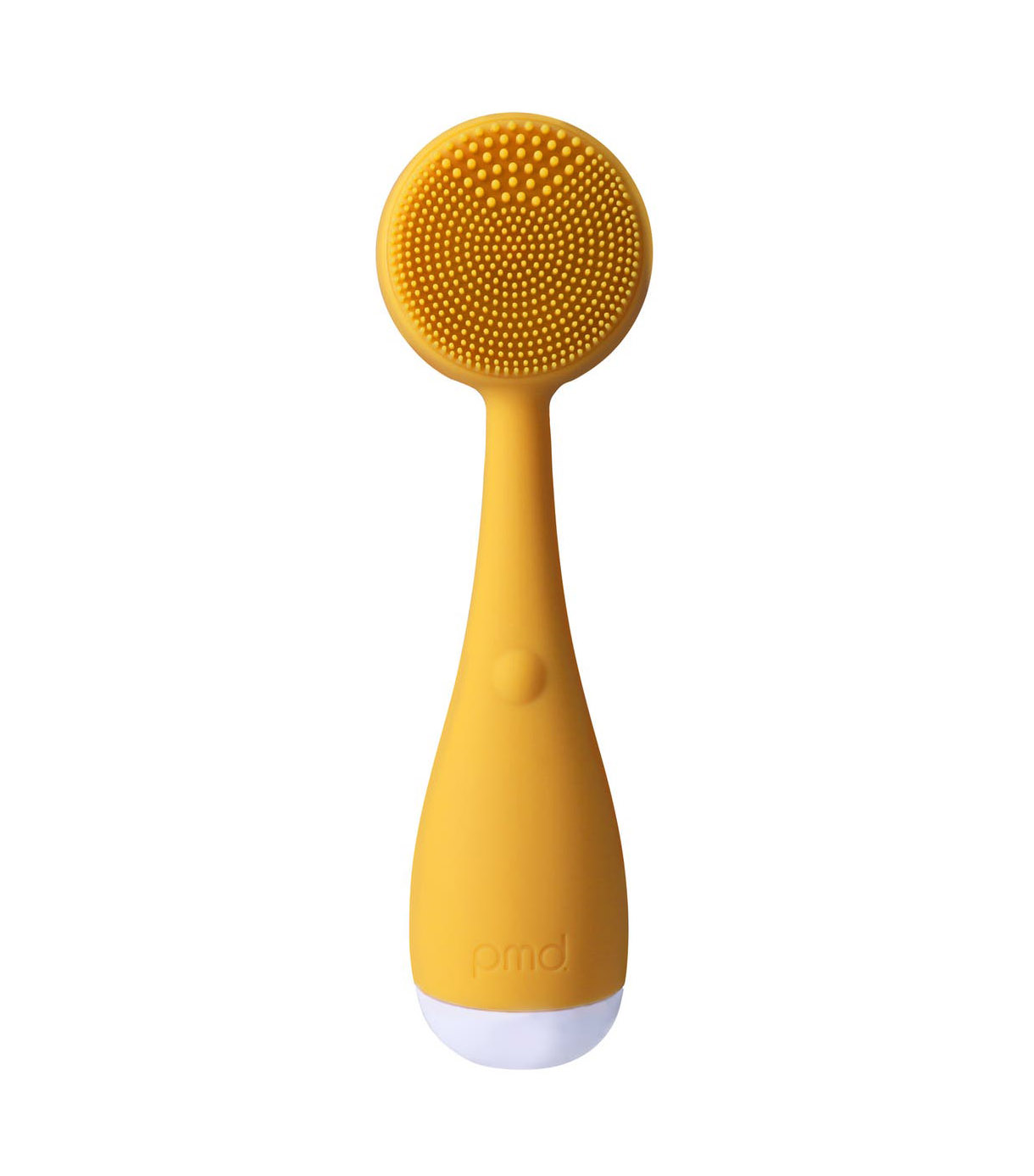
The mini size of this brush makes it so easy to take with you wherever you go. It's odor-resistant, antibacterial, hypoallergenic, and waterproof.
14. EcoTools Deep Cleansing Brush
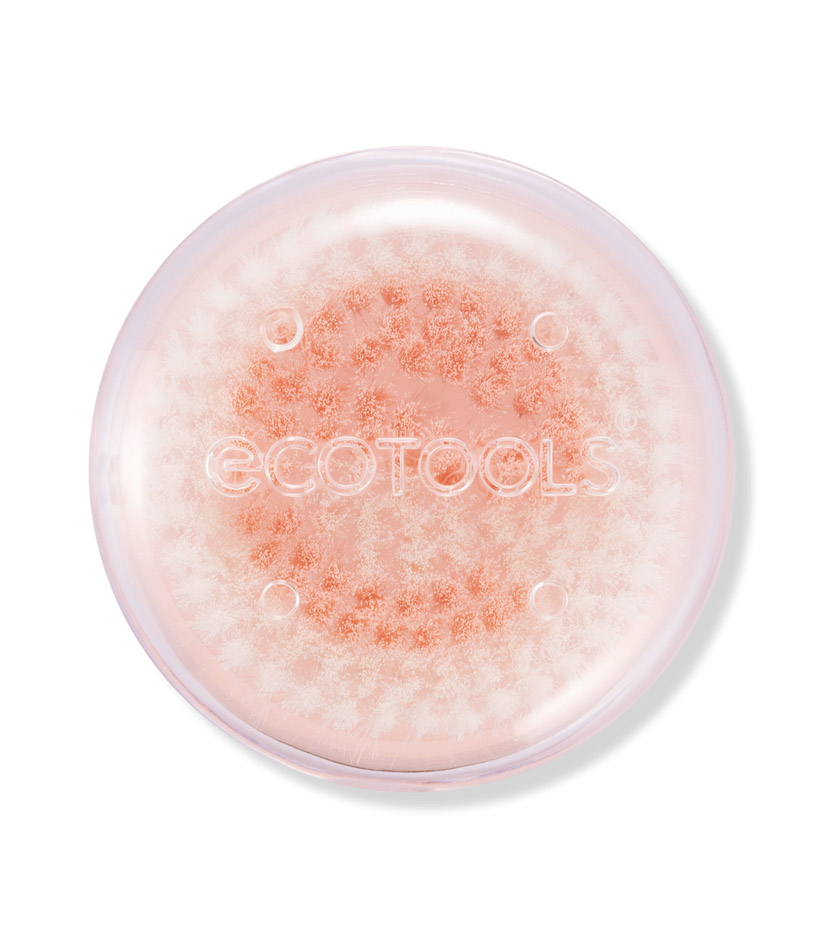
Use this compact manual brush to clean your pores deeply and exfoliate the skin. It also comes with a storage cap.
15. E.l.f. Cleansing Duo Face Brush
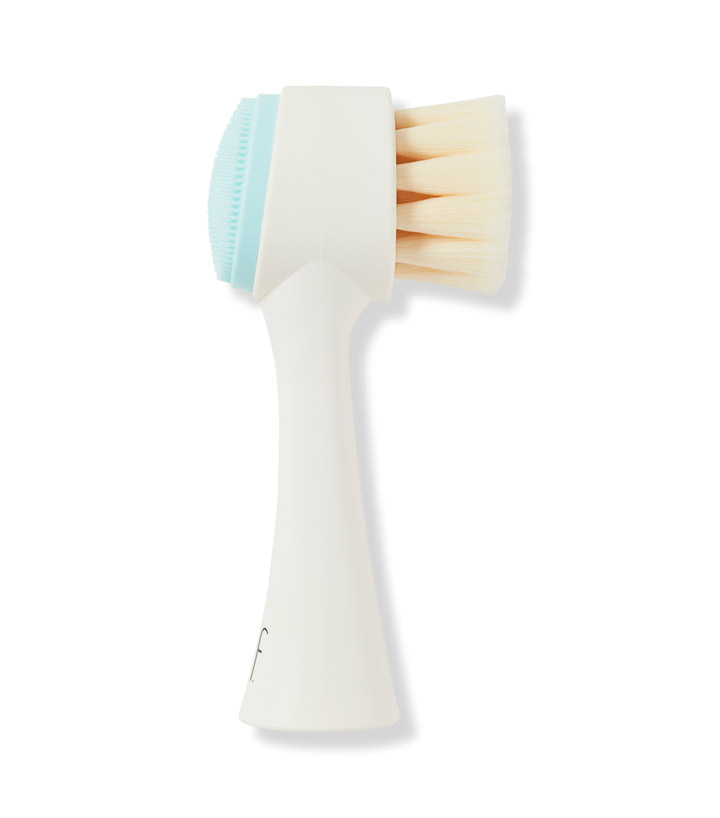
One end of this brush has soft bristles to deep-clean pores, and the other end has a textured silicone head to massage and exfoliate.
Next, Women in Their 30s Give These 18 Skincare Products Rave Reviews
Sarah is lifestyle writer and editor with over 10 years of experience covering health and wellness, interior design, food, beauty, and tech. Born and raised in Los Angeles, she attended New York University and lived in New York for 12 years before returning to L.A. in 2019. In addition to her work at Who What Wear, she held editor roles at Apartment Therapy, Real Simple, House Beautiful, Elle Decor, and The Bump (sister site of The Knot). She has a passion for health and wellness, but she especially loves writing about mental health. Her self-care routine consists of five things: a good workout, “me” time on the regular, an intriguing book/podcast/playlist to unwind after a long day, naps, and decorating her home.
-
 Ava Phillippe on Her "Fantasy" Brunette Era and the $12 Lip Stain She Bought After Billie Eilish
Ava Phillippe on Her "Fantasy" Brunette Era and the $12 Lip Stain She Bought After Billie EilishRead our Unfiltered chat.
By Jamie Schneider
-
 I'm an NYC-Based Shopping Editor, and I Always Shop My Favorite Emerging Brands at This One Cool Retailer—See My Picks
I'm an NYC-Based Shopping Editor, and I Always Shop My Favorite Emerging Brands at This One Cool Retailer—See My Picks"It's pronounced essence."
By Audry Hiaoui
